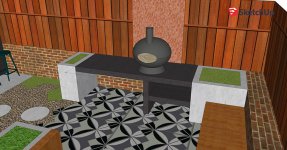Soldato
If I had a 2200mm x 800mm sheet of steel bridging a gap length-ways, how thick, what type, and how far should it overlap the supports at either end, to safely hold 200kg in the middle, evenly distributed over a 300mm circle? Outdoor use, if that makes a difference.
OcUK is amazing and I'm sure someone can help me with this! May even be simple if steel is a lot stronger than I think it is.
OcUK is amazing and I'm sure someone can help me with this! May even be simple if steel is a lot stronger than I think it is.


